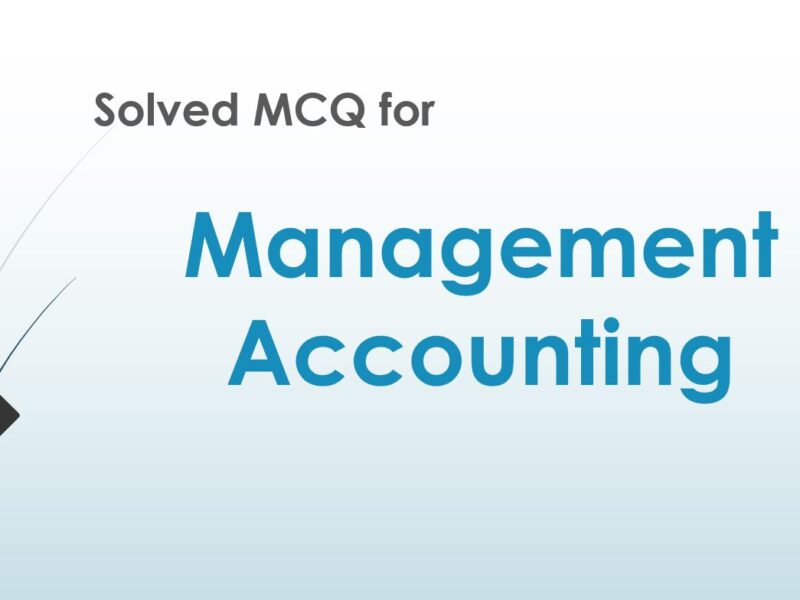CBSE Class 10 Social Science Chapter 3 Money and Credit Multiple Choice Questions with Answers. MCQ Class 10 Economics Money and Credit with Answers was Prepared Based on Latest Exam Pattern. Students can solve NCERT Class 10 Economics Money and Credit MCQs with Answers to know their preparation level.
Students who are searching for NCERT MCQ Questions for Class 10 Economics Money and Credit with Answers are compiled here to get good practice on all fundamentals. Know your preparation level on MCQ Questions for Class 10 Social Science with Answers. You can also verify your answers from our provided MCQ Class 10 Economics Money and Credit with Answers. So, ace up your preparation with MCQ of Chapter 3 Economics Objective Questions.
MCQ Class 10 Economics Money and Credit with Answers - Set - 5
Question 1:
A typical Self Help Group usually has
(a) 100-200 members
(b) 50-100 members
(c) less than 10 members
(d) 15-20 members
Correct Answer – (D)
Question 2 :
Which among the following options will be the cheapest source of credit in rural areas?
(a) Bank
(b) Cooperative Society
(c) Money-lender
(d) Finance Company
Correct Answer – (B)
Question 3 :
Which body (authority) supervises the functioning of formal sources of loans?
(a) Finance Ministry
(b) Head Office of each Bank
(c) Reserve Bank
(d) Cooperative Societies
Correct Answer – (C)
Question 4 :
What is the main source of income of a bank?
(a) Bank charges that the depositors pay for ; keeping their money safe is the main ; source of the bank’s income.
(b) The difference between what is charged from the borrowers and paid to the depositors is the main source of bank’s income.
(c) Banks earn huge amounts of money by investing the money of the depositors in various company shares.
(d) The Government of India gives huge amounts of money to the banks to help their smooth functioning.
Correct Answer – (B)
Question 5 :
Which among the following banks issues currency notes on behalf of the Central Government in India?
(a) RBI
(b) State Bank of India
(c) Bank of India
(d) Central Bank of India
Correct Answer – (A)
MCQ Class 10 Economics Money and Credit with Answers
Question 6 :
In which country is the Grameen Bank meeting the credit needs of over 6 million poor people?
(a) Bhuta
(b) Sri Lanka
(c) Bangladesh
(d) Nepal
Correct Answer – (C)
Question 7 :
Money-lenders usually demand a ‘security’ from the borrower. What is the formal word used for the ‘security’, such as land, vehicle, livestock, building, etc.?
(a) Deposit
(b) Collateral
(c) Credit
(d) Guarantee
Correct Answer – (B)
Question 8 :
An agreement in which the lender supplies the borrower with money, goods or services in return for the promise of future payment refers to
(a) Debt
(b) Deposit
(c) Credit
(d) Collateral
Correct Answer – (C)
Question 9 :
What do the banks do with the deposits which I they accept from the customers?
(a) Banks use these deposits for charitable activities.
(b) Banks use a major portion of deposits to extend loans.
(c) Banks use deposits to give bonus to their employees.
(d) Banks use deposits to set up more branches in the country.
Correct Answer – (B)
Question 10 :
Who issues the currency notes in India?
(a) Currency notes are issued by the Finance Commission.
(b) All the nationalized banks can issue the currency notes.
(c) Only Reserve Bank of India can issue currency notes.
(d) Any individual or organization can issue cur¬rency notes with the permission of the govt.
Correct Answer – (C)
- NCERT Solutions Class 10 Civics Chapter 1 : Power Sharing
- NCERT Solutions Class 10 Civics Chapter 2 : Federalism
- NCERT Solutions Class 10 Civics Chapter 3 : Democracy and Diversity
- NCERT Solutions Class 10 Civics Chapter 4 : Gender Religion and Caste
- NCERT Solutions Class 10 Civics Chapter 5 : Popular Struggles and Movements
- NCERT Solutions Class 10 Social Science Democratic Politics II Textbook



